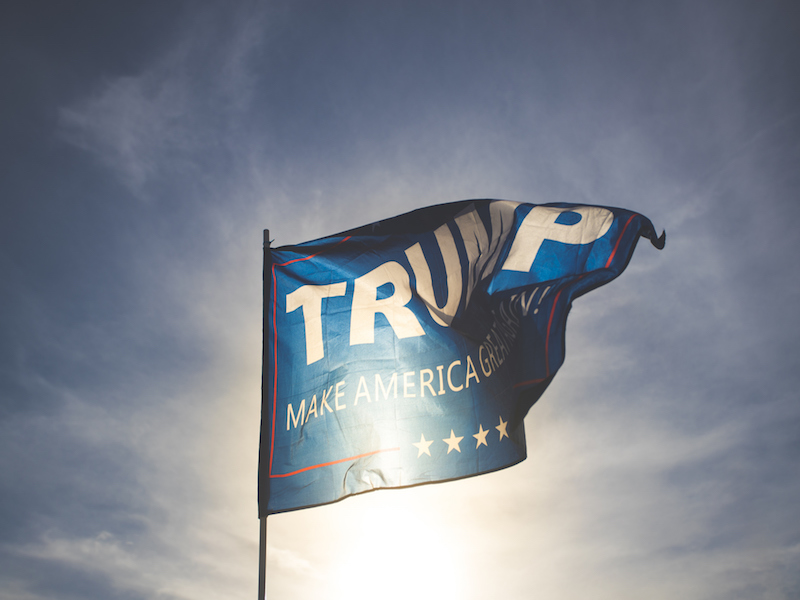
The history of globalization has been marked by ups and downs in the form of trade wars and tariffs—even as far back as 1600, when the world’s first prominent companies (the East India Company and the Hudson’s Bay Company) started trading spices and beaver pelts across oceans. Says Kurt Umbarger, global equity portfolio specialist with T. Rowe Price, a populist mind-set has often been the driver of political decisions aimed at putting up more walls.
“The history of globalization is complex—and it’s always been about comparative advantages,” he explains, conjuring up the example of U.S. President Herbert Hoover’s attempts to protect American farmers with the Tariff Act of 1930 despite the protests of leading economists.
Politicians have always bowed to popular sentiment – and right now, in the U.S. and Europe, “we are in a moment when a more nationalist stance is taking hold.”
Despite moments of nationalism, however, global alliances have continued to thrive through history—in the 1930s, for example, Canada formed new partnerships with Britain in response to new U.S. tariffs.
“When we think about globalization and protectionist policies, it’s like trying to stop water going down a hill,” says Umbarger. “You can redirect it, but water will find its way down.”
As Umbarger adds, there is no way to quickly stop globalization, especially given the massive economic benefits it’s provided worldwide.
Low tariffs have yielded a huge expansion of gross domestic product (GDP) and trade worldwide since 1960—today the percentage of global GDP from trade has neared 60%.
Trade isn’t the only benefit to lighter borders—globalization has led to freer movement of people, an advantage that can’t be understated, especially at a time when shifting demographics mean countries are dealing with aging populations and a shrinking worker base.
“The US is among the youngest of the developed world largely because of their immigration policy,” Umbarger says. “We need foreign workers.” The US alone will need 800,000 to 1 million new workers a year to keep up with demand—and much of the new labour will need to come from immigration.
The big challenge, however, is the rise of populism— and in countries where a large segment of the population feels less well off than previous generations, there is a clear message being sent to the powers that be.
For investors, the real challenges and opportunities won’t come from noise on Twitter – but in real policy change and through technology. As President Donald Trump seeks to put people back to work, it must be understood that while 6 million manufacturing jobs were lost between 2000 and 2010, most of them were lost to automation, not offshoring. And that tide of change will continue to sweep through the workforce.
“Technology is the long-term undercurrent,” explains Umbarger. “The people with the best technology and the best innovation will be able to compete and disintermediate traditional markets,” he says. Like Uber, such companies will be able to “extract rents from all markets and bring them back to one centre.” This will affect both blue and white collar workers in the future.
As for investors, they need to keep a level gaze and focus on key trends like the prospect of reflation, the stabilization of commodity prices and—ultimately—the impact of increased trade protectionism on major sectors.
